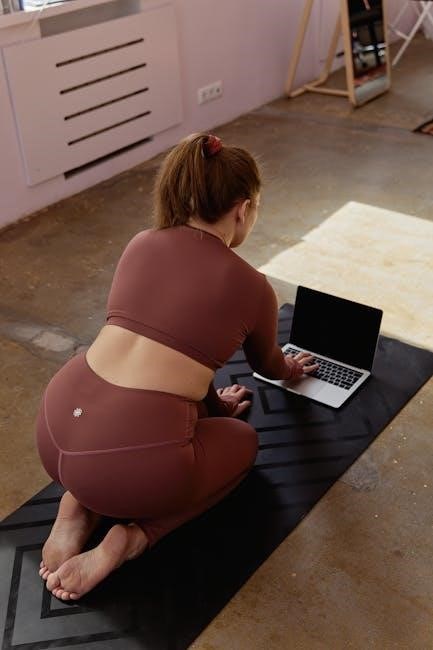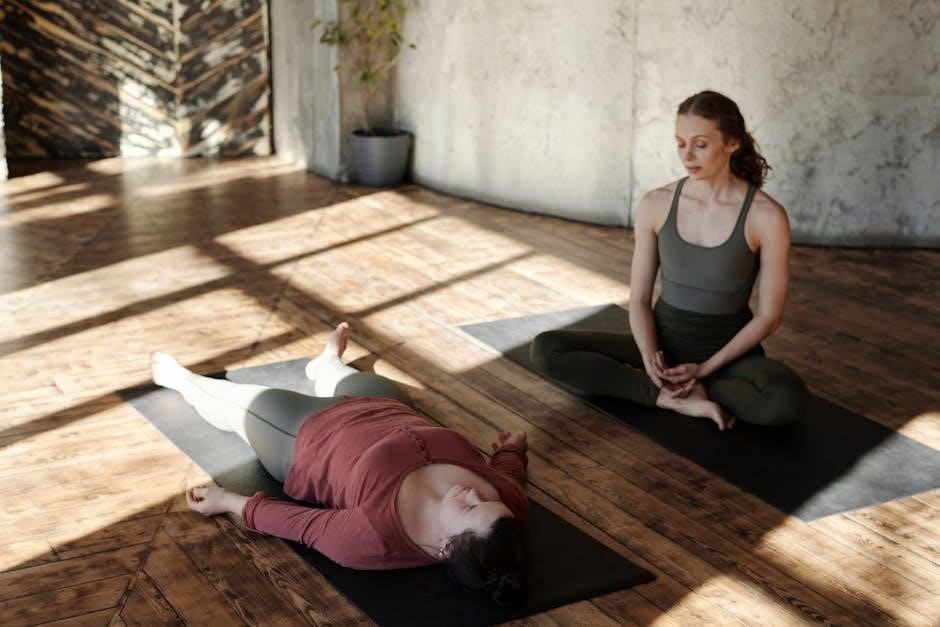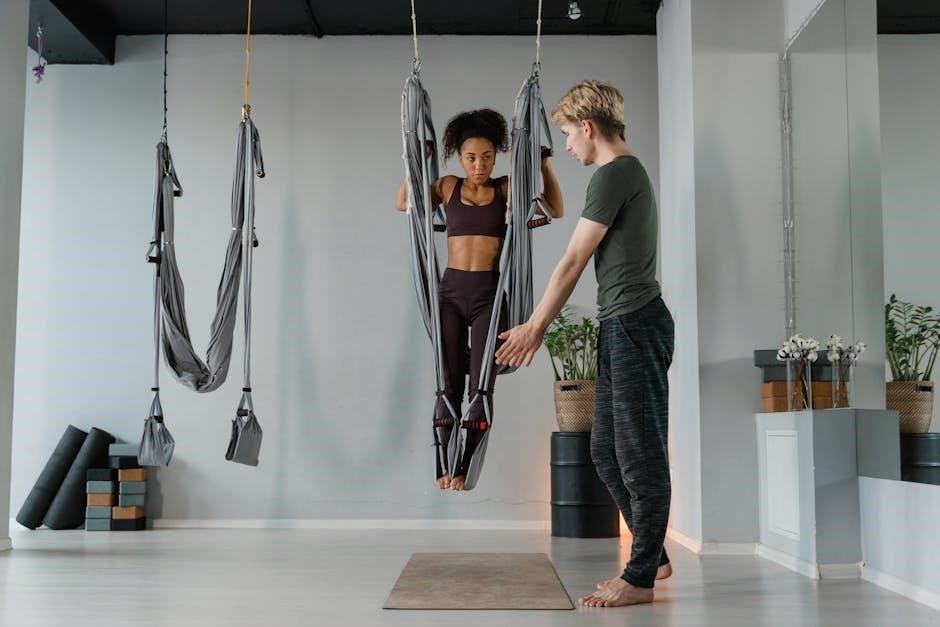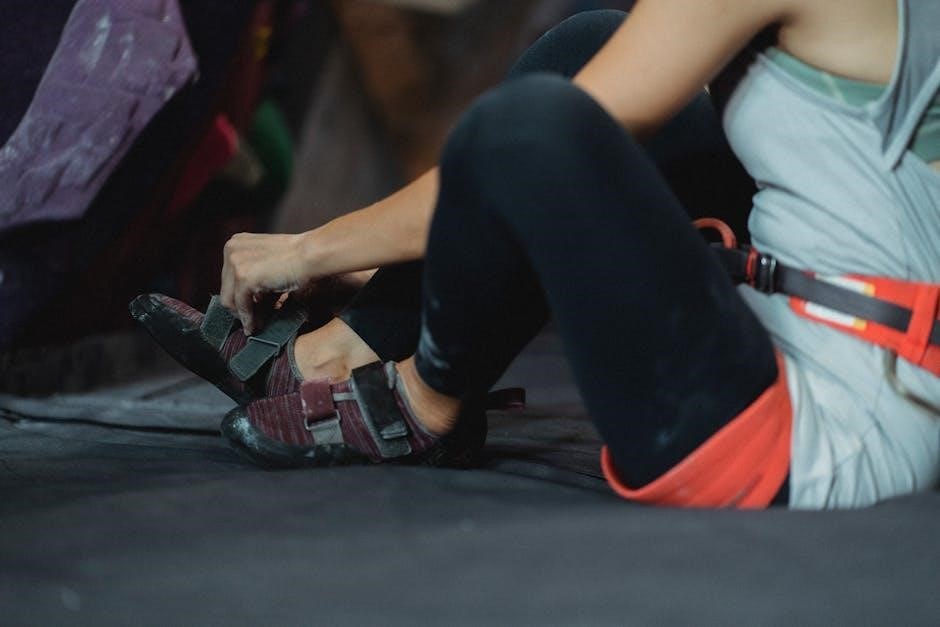danner boot fit guide
- Published
- in Guide
Danner boots are renowned for their durability and comfort, but proper fit is crucial․ This guide helps you navigate sizing, models, and personal preferences to find your perfect pair․
Understanding Danner Boot Fit
Understanding Danner boot fit is essential for optimal comfort and performance․ Danner boots are built on specific lasts, which shape the boot and influence how it fits․ While many models, like the Bull Run, fit true to size, others, such as the Mountain Light, may run slightly long or snug due to their narrower lasts․ Foot shape and personal preferences also play a significant role․ For example, narrower feet may find the standard width sufficient, while wider feet might require the EE option․ Additionally, some boots, especially those with full-grain leather, may require a break-in period to mold to your feet․ This variability means sizing can differ between models, making it important to consider both length and width when selecting the right pair․
Importance of Proper Boot Fit
Proper boot fit is crucial for comfort, performance, and overall foot health․ Ill-fitting boots can lead to discomfort, blisters, and even long-term foot issues like plantar fasciitis or bunions․ Danner boots are designed for durability and support, but without the right fit, their benefits are diminished․ Proper fit ensures optimal toe room, heel stability, and adequate support for arches․ This is especially important for activities like hiking or work, where foot fatigue can hinder productivity․ Additionally, a well-fitting boot enhances traction and responsiveness, reducing the risk of accidents․ Danner’s attention to detail in sizing and lasts ensures a tailored fit, but it’s up to the wearer to select the correct size and width․ Prioritizing proper fit guarantees a better experience and prevents potential foot problems․

Danner Boot Sizing Basics
Danner boots offer sizing for men (7-15) and women (5-12), with options for narrow, standard, and wide widths․ Half-sizes are available for precise fit․ Proper measurement ensures comfort and performance, so always measure feet accurately and compare to Danner’s size chart for the best fit․ Consider the boot’s intended use when selecting size, as activity type may affect fit preferences․
How Danner Boots Fit: True to Size or Not?
Danner boots generally fit true to size, but some models may vary․ For instance, the Bull Run line typically aligns with Brannock measurements, offering a consistent fit․ However, the Mountain Light series, built on the narrower 650 last, tends to run slightly long and snug, suggesting a half-size down for optimal comfort․ This variation emphasizes the importance of considering the specific last and boot style when selecting your size․ While many users find their standard size accurate, others may need adjustments based on the boot’s design and intended use․ Always refer to the specific model’s fit characteristics for the best result․
Danner Boot Size Chart for Men and Women
Danner offers a comprehensive size chart for both men and women, ensuring precise fit․ Men’s sizes range from 7 to 15, while women’s sizes span 5 to 12․ The chart includes length measurements in inches, aiding accurate selection․ Danner also provides width options—narrow (B), standard (D), and wide (EE)—to cater to various foot shapes․ By matching your foot measurements to the chart, you can determine the ideal size․ Remember, proper sizing is key to comfort and performance, especially for long hikes or workdays․ Use the chart alongside fit tips for the best results, ensuring your boots feel great from the first wear․
Width Options: Narrow, Standard, and Wide
Danner boots are available in three width options: Narrow (B), Standard (D), and Wide (EE)․ These choices ensure a personalized fit for various foot shapes and preferences․ The Narrow width (B) is ideal for slimmer feet, while the Wide (EE) accommodates broader feet․ The Standard (D) width strikes a balance, offering comfort for most wearers․ Proper width selection is crucial to avoid tightness or heel slippage․ To determine your ideal width, consider how your feet feel in different shoes and try boots later in the day when feet are slightly swollen․ Wearing the same thickness of socks you plan to use with the boots ensures an accurate fit․ This attention to detail enhances comfort and performance, making Danner boots a reliable choice for all-day wear․

Tips for Trying On Danner Boots
Try boots in the afternoon, as feet swell during the day․ Wear appropriate socks and ensure a comfortable fit with ample toe room for optimal comfort and performance․
Best Time to Try On Boots
The best time to try on boots is in the afternoon, as feet naturally swell throughout the day due to activity and gravity․ This ensures a more accurate fit, preventing boots from feeling too tight later․ Trying boots in the morning when feet are smaller may lead to discomfort as the day progresses․ Additionally, wearing the same type of socks you plan to use with the boots helps determine the correct size and comfort level․ This simple step can make a significant difference in achieving the perfect fit for your Danner boots․
Wearing the Right Socks for Fit
Wearing the right socks when trying on Danner boots is essential for an accurate fit․ Choose socks that match the thickness and material you plan to use with the boots, as this affects both comfort and sizing․ For hiking or work boots, opt for thick, moisture-wicking wool socks, while thinner socks may be suitable for casual styles․ Proper sock choice ensures the boot’s true fit is assessed without unnecessary tightness or looseness․ This step helps prevent issues like blisters or discomfort during extended wear, making it a crucial part of the fitting process for your Danner boots․
Checking Toe Room and Comfort
Ensuring proper toe room and comfort is vital when fitting Danner boots․ Your longest toe should have about a thumb’s width of space from the boot’s end to allow natural movement․ Avoid tightness, as it can cause discomfort or restrict circulation․ If the boot feels too snug, consider sizing up or exploring different widths․ A comfortable fit prevents issues like blisters or fatigue during extended wear․ Additionally, check for a snug heel to minimize slippage, which can affect both comfort and performance․ Proper toe room and overall comfort are essential for ensuring your Danner boots provide the best experience for both daily wear and long-term durability․

Danner Boot Models and Fit Characteristics
Danner offers various boot models, each designed for specific activities and foot shapes, ensuring a precise fit for hiking, work, or casual wear․
Danner Bull Run: Fit and Sizing
The Danner Bull Run is a popular choice for its rugged durability and comfortable fit․ Designed for workers and outdoor enthusiasts, it typically fits true to size, aligning with Brannock measurements․ Built on Danner’s DP last, it offers a roomy toe box and a snug heel, providing excellent support for long days․ The boot is available in narrow, standard, and wide widths, catering to various foot shapes․ For optimal comfort, try them on in the afternoon, as feet tend to swell․ Wear thick socks if intended for work or hiking․ If unsure, consider sizing down by half for a precise fit․ This model is ideal for those seeking reliability and all-day comfort․
Danner Mountain Light: Fit and Sizing
The Danner Mountain Light is a classic hiking boot known for its durability and support․ Built on Danner’s 650 last, it offers a narrower fit compared to other models․ This boot tends to run slightly long and snug, especially in the toe box, making it ideal for slimmer feet․ For the best fit, consider sizing down by half a size, especially if you plan to wear thicker socks․ The Mountain Light is popular among hikers and outdoor enthusiasts for its ankle stability and traction․ While it may feel tight initially, it breaks in nicely, providing long-lasting comfort․ This model is a great choice for those seeking a lightweight yet rugged boot for challenging terrains․
Understanding Danner Boot Lasts
A boot last is the mold that shapes the boot, determining fit and comfort․ Danner uses various lasts to cater to different foot shapes and preferences, ensuring optimal comfort․
What is a Boot Last?
A boot last is a three-dimensional model or mold used to shape footwear during manufacturing․ It determines the boot’s fit, shape, and overall comfort․ Danner boots are built on specific lasts, such as the narrow 650 last or roomier options, to cater to different foot shapes․ The last influences toe box room, heel fit, and arch support․ Understanding the last is crucial for ensuring proper fit and comfort․ Danner’s use of varied lasts ensures their boots can accommodate a wide range of foot types and preferences, making them suitable for various activities and needs․
Popular Danner Lasts and Their Fit
Danner offers several popular lasts, each designed for specific fit preferences․ The 650 last is narrow, offering a snug fit and less toe room, ideal for slimmer feet․ The 651 last provides a slightly roomier toe box while maintaining a secure heel․ The 850 last is known for its standard fit, balancing comfort and support, making it suitable for most foot shapes․ For women, the 130 last is tailored to provide a comfortable, feminine fit with adequate support․ Each last ensures a tailored experience, whether for hiking, work, or everyday wear, allowing Danner boots to meet diverse needs effectively․
Half-Size Options in Danner Boots
Danner offers half-size options for precise fit, ensuring comfort and accuracy․ Use size charts or contact customer service for the best results․
When to Size Down or Up
Deciding whether to size down or up depends on the boot model and your foot shape․ If your toes feel cramped, consider sizing up․ Conversely, if there’s excessive room, especially in the heel, sizing down may provide a snugger fit․ Models like the Danner Mountain Light, built on the 650 last, tend to run slightly long, suggesting a half-size down for optimal comfort․ Always refer to Danner’s size chart and try boots in the afternoon when feet are swollen for the most accurate fit․ Wearing the same thickness of socks you intend to use with the boots ensures a realistic sizing assessment․

Common Fit Issues and Solutions
Addressing fit issues ensures comfort and durability․ Tight toe boxes and heel slippage are common concerns․ Proper sizing, conditioning, and sock choice can resolve these effectively for Danner boots․
Tight Toe Box: Causes and Fixes
A tight toe box in Danner boots can cause discomfort and affect performance․ This issue often arises from selecting a size too small or a boot built on a narrower last, such as the 650 last found in the Mountain Light model․ Full-grain leather boots may also feel stiffer initially, contributing to tightness․ To fix this, try conditioning the leather to soften it or consider sizing up by half a size․ Additionally, ensuring proper break-in and wearing appropriate socks can alleviate pressure․ If the issue persists, exploring models with a roomier toe box, like those built on the wider 850 last, might be the solution for optimal comfort and fit․
Heel Slippage: How to Address It
Heel slippage in Danner boots can be caused by a boot size that’s slightly too big or improper lacing․ To fix this, try sizing down by half a size for a snugger fit or wear thicker socks to reduce movement․ Adjusting the lacing technique, especially tightening around the midfoot and heel, can also help secure the foot․ Using insoles or orthotics may provide additional support and stability․ Proper fit is essential for comfort and performance, so ensure to try boots on in the afternoon and wear appropriate socks for an accurate fit․ Addressing heel slippage can enhance comfort and prevent discomfort or blisters during wear․

Break-In Period for Danner Boots
Danner boots, especially full-grain leather styles, may require a break-in period․ Conditioning the leather can soften it, making the boots more comfortable faster․ Patience ensures a great fit․
Why Conditioning Full-Grain Leather Matters
Conditioning full-grain leather is essential for maintaining the durability and comfort of Danner boots․ When new, the leather can feel stiff, but proper conditioning softens it, enhancing flexibility and fit․ This process prevents cracking and extends the boot’s lifespan․ Regular care ensures the leather remains supple, providing a more comfortable wear over time․ By conditioning, you also maintain the boot’s water resistance, keeping your feet dry in various conditions․ It’s a simple step that significantly impacts both performance and longevity, making it a crucial part of owning high-quality leather boots like those from Danner․

Resources for Finding the Perfect Fit
Danner offers detailed size guides, live chat support, and fit tools to help you choose the right boot․ Utilize these resources for a precise and comfortable fit․
Using Danner’s Size Guide and Tools
Danner provides a detailed size guide and tools to ensure accurate fit․ Their size chart offers measurements for both men and women, helping you match your foot length and width to the perfect boot․ The guide also includes information about half-size options and width choices (narrow, standard, wide)․ Danner recommends measuring your feet using a Brannock device or ruler to determine your exact size․ Their tools also suggest considering the type of socks you’ll wear, as thicker socks may require a slightly larger size․ By using these resources, you can confidently select the right size and width for optimal comfort and performance․ Danner’s system is designed to make sizing straightforward and precise, ensuring a great fit every time․
Seeking Help from Danner Customer Service
If you’re unsure about sizing or fit, Danner’s customer service is a valuable resource․ Their team offers personalized advice to help you choose the right boot․ Live chat is available on their website for quick answers to sizing questions․ Representatives can guide you through the fit process, recommend models based on your needs, and address concerns about width and length․ They also assist with understanding the fit characteristics of specific lasts and models․ Don’t hesitate to reach out if you’re between sizes or need help with returns or exchanges․ Danner’s commitment to customer satisfaction ensures you find boots that fit perfectly, enhancing your overall experience with their products․
Proper fit is key to enjoying Danner boots․ Use this guide to find your ideal size, consider models, and utilize customer support for a perfect, comfortable fit․
Final Tips for Ensuring the Best Fit
For the best fit, try boots in the afternoon when feet are slightly swollen․ Wear the same socks you plan to use with the boots․ Ensure a thumb’s width of space in the toe box․ Check for snugness around the heel to avoid slippage․ If unsure, size down rather than up, especially with narrower lasts․ Use Danner’s size chart and customer service for guidance․ Condition full-grain leather to soften stiffness․ Remember, proper fit prevents discomfort and extends boot life․ Prioritize comfort and support to enjoy your Danner boots for years to come․
